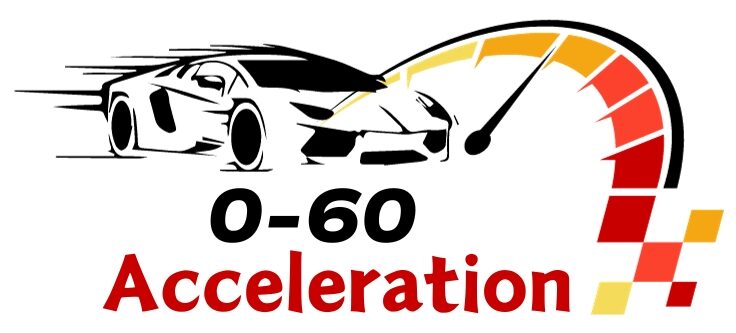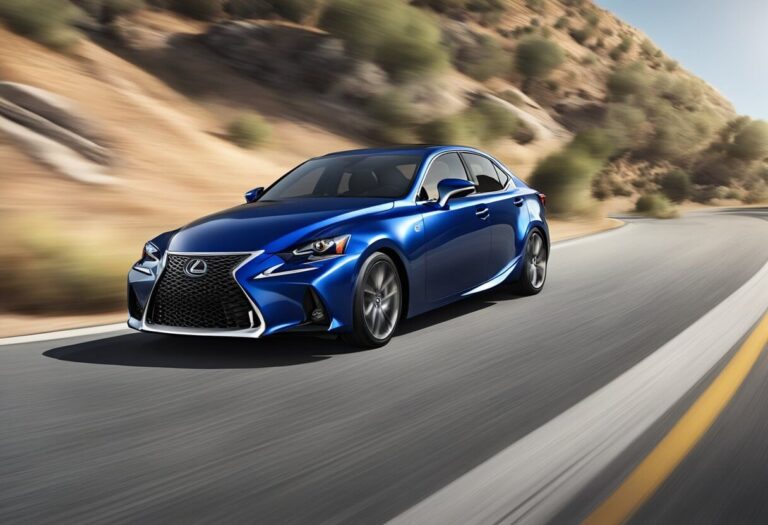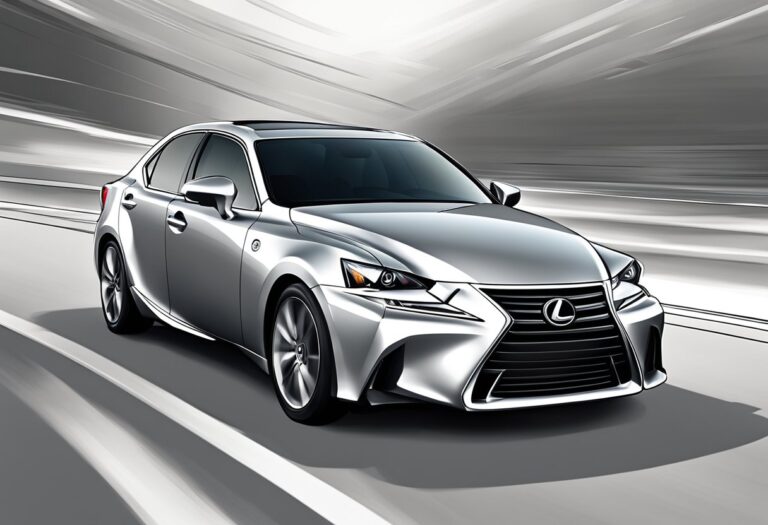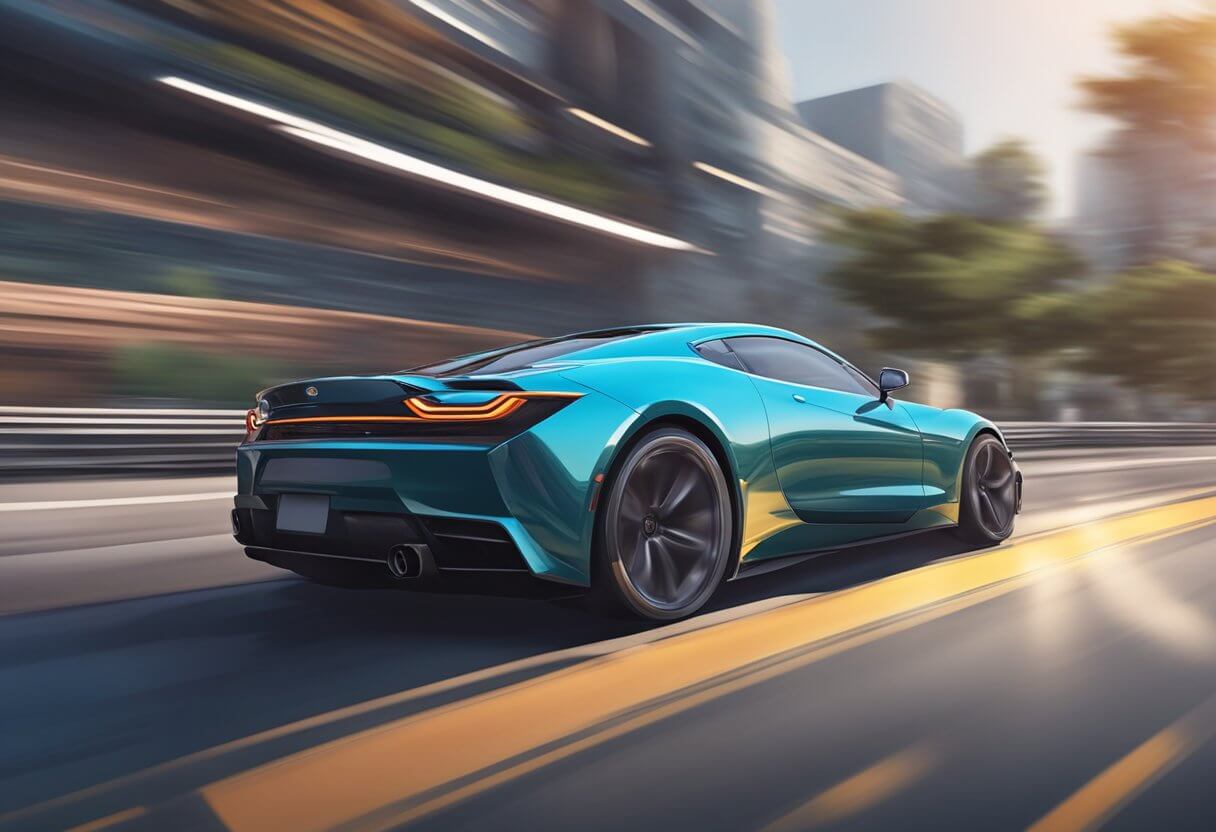
In a world obsessed with speed and performance, one metric matters most to car enthusiasts: 0-60 time. This measure of acceleration – how many seconds it takes a car to go from 0 to 60 mph – has become a defining number, both for automakers and buyers. But what is the average 0-60 time today?
The average 0-60 time for a car is 6.1 seconds, according to data on over 1,100 models.
In this post, we’ll look at the significance of 0-60 times, break down average times by vehicle category, discuss the factors that affect 0-60 times, compare modern vehicles to classic cars, explore ways to improve times, overview professional testing methods, and examine the role of 0-60 times in car culture.
Whether you’re looking to buy a new sports car or just learn more about automotive performance metrics, this guide will tell you everything you need to know about 0-60 times and their place in the car world.
Understanding 0-60 Times

Definition of 0-60
The term “0-60” refers to the time it takes for a vehicle to accelerate from 0 to 60 miles per hour. This measurement is commonly used as an indicator of a vehicle’s acceleration performance. The time it takes a car to reach 60 mph can vary significantly depending on the type of car and its engine power.
Significance in Automotive Performance
The 0-60 time is an important factor in evaluating a vehicle’s overall performance. It reflects not only the raw power of the car’s engine but also the efficiency with which it converts that power into motion. A car with a fast 0-60 time can accelerate quickly and smoothly, making it easier to merge onto highways or pass other vehicles on the road.
However, it’s important to note that a fast 0-60 time is not the only measure of a car’s performance. Other factors such as handling, braking, and top speed also play a role in determining a car’s overall performance. Additionally, different types of cars have different performance characteristics, so it’s important to compare apples to apples when evaluating 0-60 times.
In general, sports cars tend to have the fastest 0-60 times, with some models able to reach 60 mph in under 2-4 seconds. On the other hand, family sedans and other non-sporty cars typically have slower 0-60 times, with an average time of around 6-8 seconds. However, there are always exceptions and outliers, so it’s important to do your research and compare specific models when evaluating performance.
Average 0-60 Times by Category
When it comes to measuring a car’s performance, the 0-60mph time is a key metric. The time it takes for a car to accelerate from 0 to 60mph is a good indicator of its overall speed and power. However, the average 0-60 time can vary significantly depending on the type of car. In this section, we will look at the average 0-60 times for different categories of cars.
Sports Cars
Sports cars are designed for speed and performance, and as such, they tend to have some of the quickest 0-60 times of any type of car. According to data from over 1,100 different models of cars, the average 0-60 time for sports cars is 4.3 seconds. This is significantly faster than the overall average of 6.1 seconds.
Sedans
Sedans are a popular type of car that is designed for comfort and practicality. While they may not be as fast as sports cars, they still offer a good balance of performance and efficiency. According to the same data, the average 0-60 time for sedans is 7.5 seconds.
SUVs
SUVs are a popular choice for families and outdoor enthusiasts, thanks to their spacious interiors and off-road capabilities. However, they are generally not known for their speed. According to the data, the average 0-60 time for SUVs is 8.5 seconds.
Electric Vehicles
Electric vehicles are becoming increasingly popular, thanks to their efficiency and low emissions. While they may not be as fast as some gas-powered cars, they can still offer impressive acceleration thanks to their electric motors. According to the data, the average 0-60 time for electric vehicles is 6.9 seconds.
Trucks
Trucks are designed for hauling and towing, rather than speed. As such, they generally have slower 0-60 times than other types of cars. According to the data, the average 0-60 time for trucks is 8.8 seconds.

Overall, the average 0-60 time for a car is 6.1 seconds, but this can vary significantly depending on the type of car. Sports cars tend to have the quickest acceleration times, while trucks tend to be slower. Sedans and electric vehicles offer a good balance of performance and efficiency, while SUVs are designed for practicality rather than speed.
Factors Affecting 0-60 Times
When it comes to measuring a car’s acceleration, the 0-60 time is a popular metric. However, there are several factors that can affect a car’s 0-60 time, including:
Engine Power
Engine power is one of the most important factors affecting a car’s 0-60 time. The more power a car’s engine produces, the faster it can accelerate. Cars with more powerful engines can reach 60 mph in a shorter amount of time than cars with less powerful engines.
Car Weight
The weight of a car is another important factor affecting its 0-60 time. Heavier cars require more energy to accelerate, which can result in slower 0-60 times. Lighter cars, on the other hand, can accelerate more quickly.
Transmission Type
The type of transmission a car has can also affect its 0-60 time. Cars with manual transmissions can often achieve faster 0-60 times than cars with automatic transmissions. This is because manual transmissions allow drivers to shift gears more quickly and precisely.
Tire Grip
Tire grip is another important factor affecting a car’s 0-60 time. Cars with tires that provide better grip can accelerate more quickly than cars with tires that provide less grip. This is because tires with better grip can transfer more power from the engine to the road.
Aerodynamics
The aerodynamics of a car can also affect its 0-60 time. Cars with better aerodynamics can reduce drag and improve their acceleration. This is because cars with better aerodynamics can reduce the amount of air resistance they face, allowing them to accelerate more quickly.
Drive Type
The type of drive a car has can also affect its 0-60 time. Cars with all-wheel drive (AWD) or four-wheel drive (4WD) can often achieve faster 0-60 times than cars with front-wheel drive (FWD) or rear-wheel drive (RWD). This is because AWD and 4WD systems can transfer power to all four wheels, providing better traction and acceleration.
Comparing 0-60 Times
When it comes to measuring a car’s acceleration, the 0-60 time is one of the most commonly used metrics. It measures the time it takes for a car to reach 60 miles per hour from a standstill. However, the average 0-60 time can vary greatly depending on the type of car being tested.
Historical Trends
Historically, cars have become faster and more powerful over time, resulting in lower 0-60 times. In the 1950s, the average 0-60 time for a car was around 13-14 seconds. By the 1980s, that time had dropped to around 10 seconds. Today, the average 0-60 time for a car is around 6.1 seconds, according to data from over 1,100 different car models.
Modern Vehicles vs. Classic Cars
While modern cars tend to have faster 0-60 times than classic cars, there are still some classic cars that can hold their own in terms of acceleration. For example, the 1969 Chevrolet Camaro SS had a 0-60 time of 6.2 seconds, which is comparable to many modern sports cars. On the other hand, some modern cars have 0-60 times that are significantly slower than average. This is often the case for hybrid or electric cars, which prioritize fuel efficiency over speed.
Improving 0-60 Times
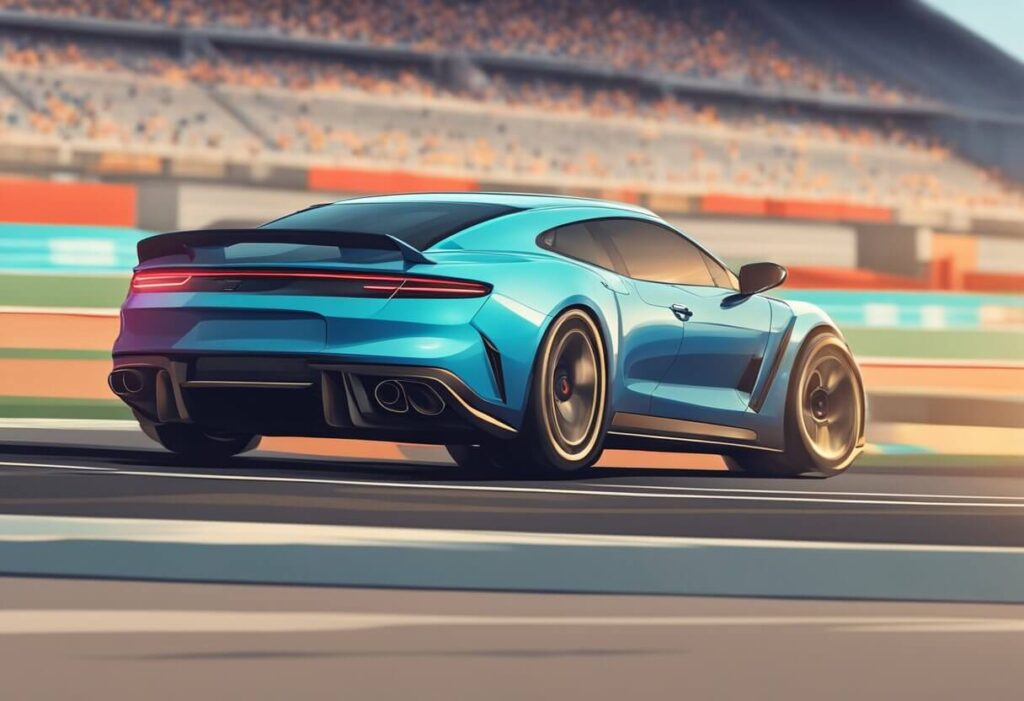
Improving a car’s 0-60 time can be achieved through various methods. Two primary ways to improve the 0-60 time are through performance modifications and driver skill.
Performance Modifications
Performance modifications can include upgrading the engine, transmission, exhaust system, and other components. These modifications can increase the power output of the engine, reduce the weight of the car, and improve the aerodynamics to help the car accelerate faster.
One popular modification is installing a turbocharger or supercharger, which can significantly increase the power output of the engine. However, these modifications can be expensive and may require additional modifications to the car’s fuel system and other components to handle the increased power.
Another modification that can improve the 0-60 time is upgrading the tires. High-performance tires with better grip can help a car accelerate faster and maintain traction during hard launches.
Driver Skill
Driver skill is another factor that can significantly impact a car’s 0-60 time. A skilled driver can launch a car more efficiently, shift gears at the optimal time, and maintain traction during acceleration.
One technique that can help improve a driver’s launch is called “power braking.” This technique involves holding the brake pedal down with one foot while simultaneously pressing the gas pedal with the other foot. This builds up the engine’s RPM and can help launch the car more quickly.
Another technique is to practice shifting gears quickly and efficiently. This can help reduce the time it takes to accelerate and reach top speed.
So, improving a car’s 0-60 time requires a combination of performance modifications and driver skill. While there is no guaranteed way to achieve a specific 0-60 time, these methods can help improve a car’s acceleration and overall performance.
Testing and Measurement
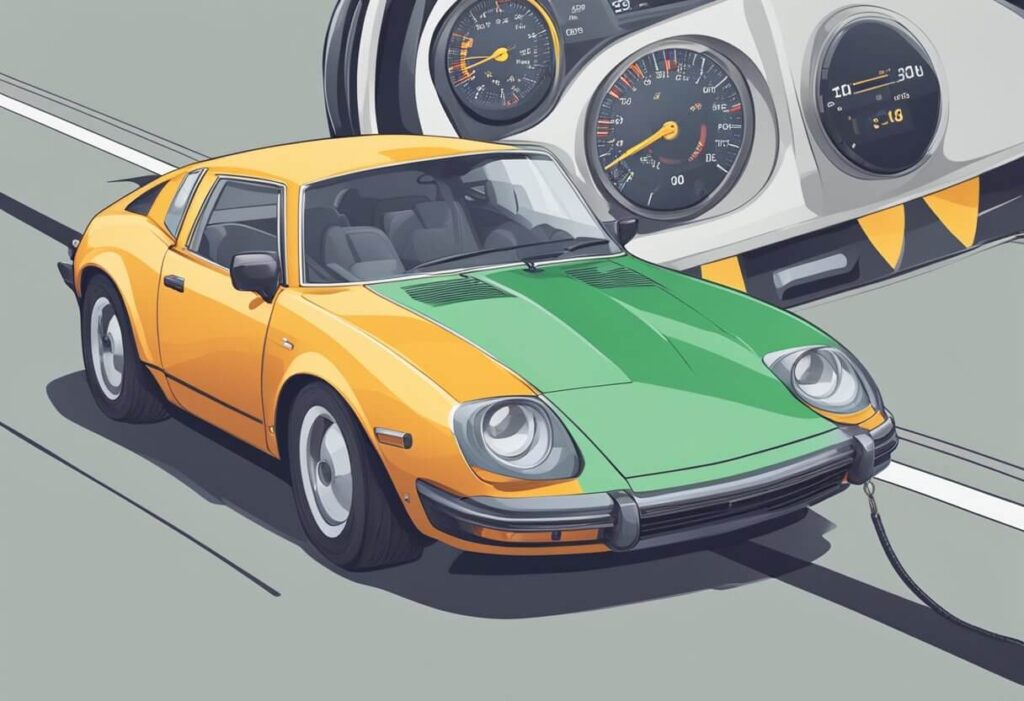
Professional Testing Methods
When it comes to measuring a car’s 0-60 time, there are various testing methods used by professionals. One of the most common methods is the standing start, where the car is stationary and accelerates to 60 mph as quickly as possible. Another method is the rolling start, where the car is already moving at 5-60 mph and accelerates to 60 mph. Top-gear acceleration is also tested, where the car is in its highest gear and accelerates from a low speed to 60 mph.
Professional testers also take into account factors such as wind direction, temperature, and altitude when conducting tests. They often use advanced equipment such as GPS devices and accelerometers to ensure accurate measurements.
Consumer Testing Tools
While professional testing methods provide accurate results, they can be expensive and time-consuming. Fortunately, there are several consumer testing tools available that can give an estimate of a car’s 0-60 time. One such tool is the 0-60 calculator, which uses the car’s weight, horsepower, and torque to calculate its acceleration time.
Another consumer testing tool is the dragy GPS performance meter, which attaches to the car and measures its acceleration time, as well as other performance metrics such as quarter-mile time and braking distance. These tools can be a cost-effective way for car enthusiasts to measure their car’s performance and compare it to other models.
The Role of 0-60 Times in Car Culture
0-60 times have become an important metric in car culture, particularly in the performance car segment. It is a measure of how quickly a car can accelerate from a standstill to 60 miles per hour. While it is not the sole determinant of a car’s performance, it is an important factor that reflects not just raw power, but the efficient conversion of this power into motion.
Car enthusiasts often use 0-60 times to compare the performance of different cars. A faster 0-60 time is generally considered to be indicative of a more powerful and better-performing car. It is also a way to measure a car’s progress over time, as newer models often have faster 0-60 times than their predecessors.
Manufacturers often use 0-60 times as a marketing tool to promote their cars. They may highlight the car’s acceleration capabilities in advertisements or on the car’s specification sheet. However, it is important to note that 0-60 times can vary depending on a variety of factors, including the driver, the road surface, and weather conditions.
Car reviewers and journalists also use 0-60 times in their evaluations of cars. They may compare a car’s 0-60 time to its competitors or to other cars in its class. However, it is important to remember that a car’s performance is not solely determined by its 0-60 time, and other factors such as handling, braking, and overall driving experience should also be considered.
In summary, while 0-60 times have become an important metric in car culture, it is important to remember that they are just one factor in determining a car’s performance. Car enthusiasts, manufacturers, and reviewers should consider a variety of factors when evaluating a car, and should not rely solely on 0-60 times to make their judgments.
Future Trends in Vehicle Acceleration
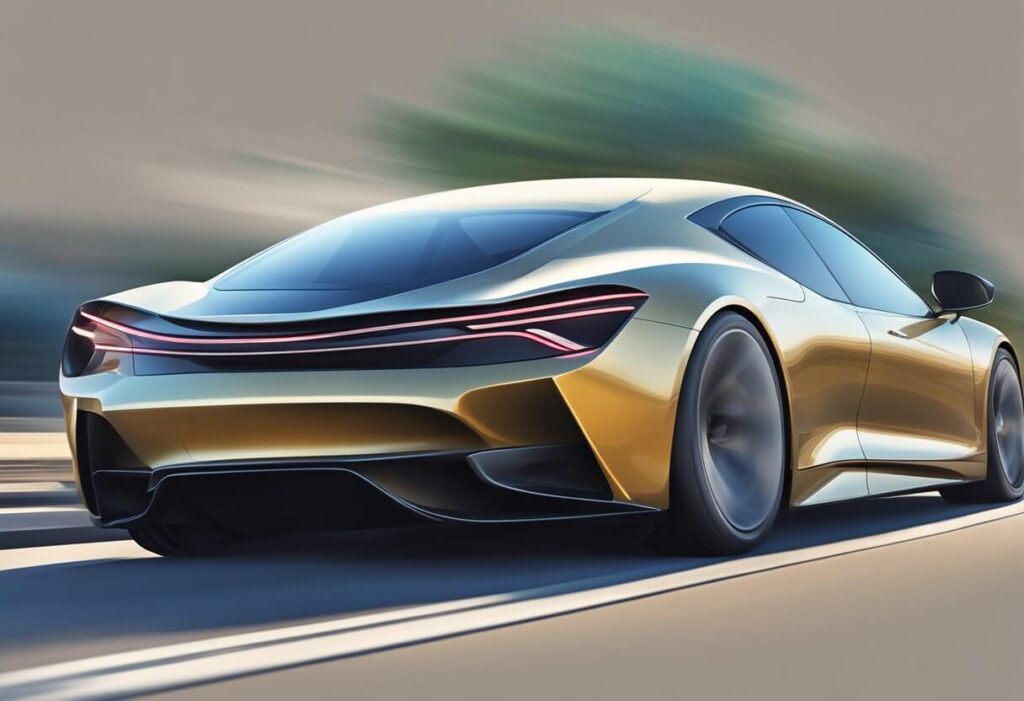
As technology advances and electric vehicles become more prevalent, the average 0-60 time for cars is expected to decrease. Electric vehicles have proven to be capable of achieving impressive acceleration times due to their high-torque motors.
In fact, the current 0-60 record for an electric vehicle is held by the Mythen WR, which achieved a time of just 0.956 seconds. While this record-breaking acceleration time is not representative of the average vehicle, it does demonstrate the potential for electric vehicles to achieve incredibly fast acceleration times.
As more manufacturers begin to produce electric vehicles, it is likely that we will see more and more models capable of achieving impressive acceleration times. For example, the Tesla Model S Plaid is capable of achieving a 0-60 time of around 1.99 -2.3 seconds in many real-world tests.
Additionally, advancements in battery technology and motor design are likely to further improve the acceleration capabilities of electric vehicles. As a result, we can expect to see even faster acceleration times in the future.
Overall, while the average 0-60 time for a car varies greatly depending on the specific model and type of vehicle, it is clear that electric vehicles have the potential to achieve incredibly fast acceleration times. As technology continues to advance, we can expect to see even more impressive acceleration times in the future.
